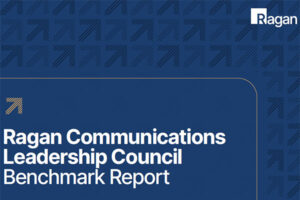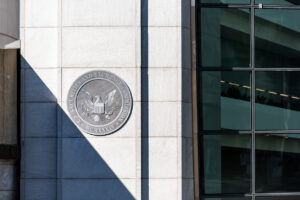Risk, reputation, and ESG: The communicators’ playbook
There’s a new urgency around aligning sustainable business practices with broader performance objectives. The comms team plays a pivotal messaging role.

The real question around ESG—Environmental, Social and Governance policies—is not why to have them, but why not. For one thing, ESG has become an economic ecosystem in its own right, and it’s now mainstream. For another, there was a time, before the term ESG had taken root, when corporate sustainability and corporate responsibility was seen as separate from bottom-line enterprise value. That’s no longer true.
Today, driven by external stakeholder expectations—and in particular the expectations of the investor community—ESG is seen as a driver of sustainable value creation, whether it’s through managing risks or capitalizing on growth opportunities that issues like climate change or workforce diversity present.
ESG represents a major new priority for communicators, one that observers say is not well-enough integrated into the profession’s core work. Although communications pros excel at business updates, product marketing, brand development, organizational values and more, programs describing goals, progress and challenges across the ESG continuum, are still in an embryonic stage.
To focus attention on this fast-moving landscape and provide communicators with a roadmap for strengthening skills and knowledge around ESG, Ragan’s Communications Leadership Council created an exclusive report—The new ESG opportunity: Connect the dots and integrate sustainability with high-level business strategy—on the communications imperative. You can get started now by downloading our free executive summary.
The report covers:
- The powerful impact ESG has had on the C-suite, on boards of directors, and on investors.
- The initial impetus for ESG in the first decade of this century.
- How ESG works in action from specific examples.
- Where ESG fits in the enterprise.
- And much more.
Download the executive summary now.






